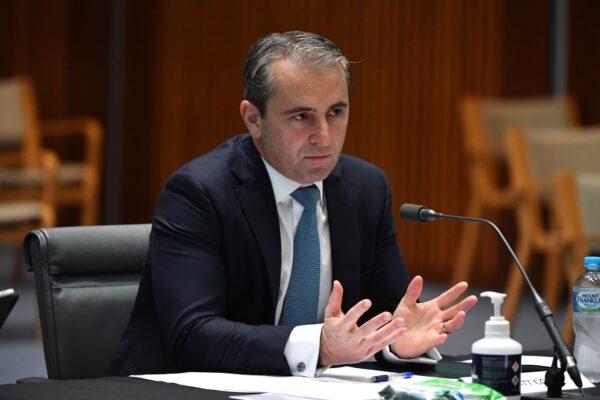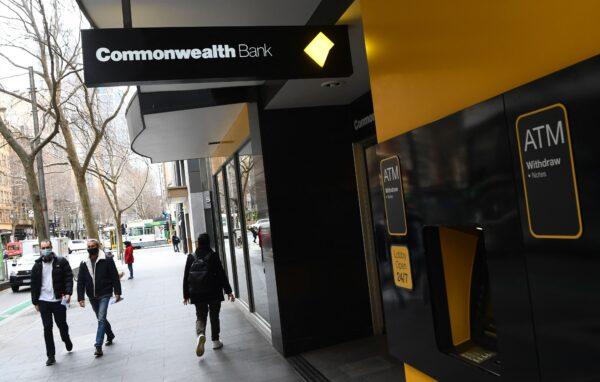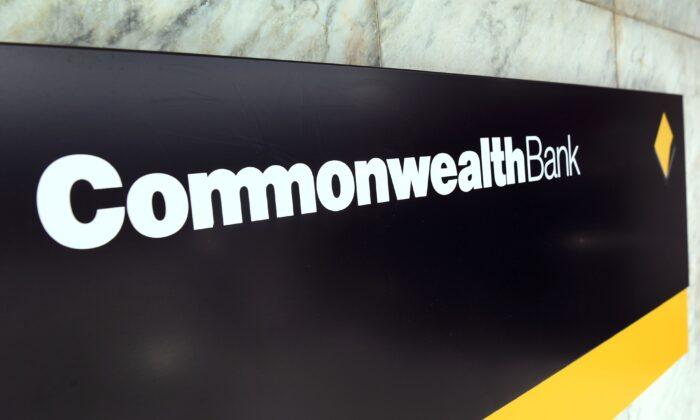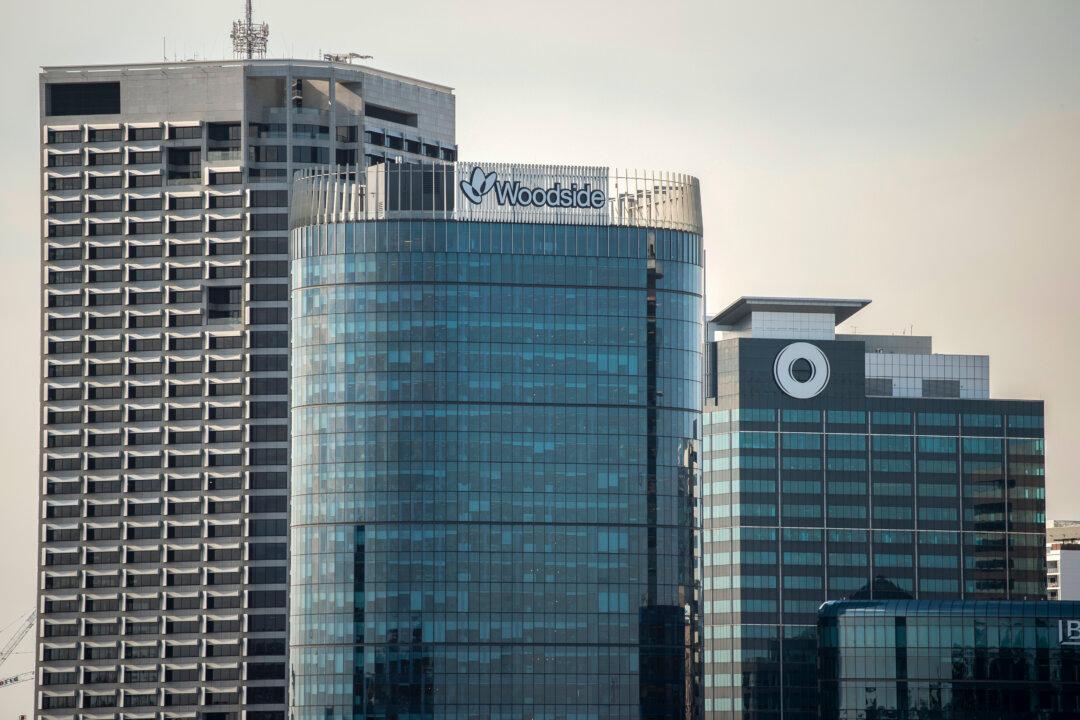The largest commercial bank in Australia has posted a solid half-year financial result as interest rate hikes, and business lending growth lifted its profit after tax significantly.
At the same time, its statutory net profit after tax rose ten percent to $5.22 billion.
The solid results were in line with what market analysts had forecasted.
CBA CEO Matt Comyn said the strong result was due to a rise in lending volumes and a recovery in margins caused by the interest rate hiking cycle implemented by the Reserve Bank.
“While there has been an improvement in margins as the cash rate increase from emergency levels, margins have not returned to pre-COVID levels,” he told investors in a briefing.
Rise in Major Profitability Indicators
During the six months to Dec. 31, 2022, the CBA achieved an operating income of $13.59 billion, up 12 percent from last year.The surge was mainly driven by robust growth in the bank’s lending business in both residential and commercial loans.

Also increased were the bank’s operating expenses, which climbed five percent to around $5.9 billion due to more spending on staff and technology and inflation.
The lift in the CBA’s profit was not surprising, as it was within market forecasts.
CBA Is Optimistic About Australia’s Economic Outlook
As CBA reported a rise in its financial performance, the bank also expressed optimism about the economic outlook as it pointed to the “solid” fundamentals of the economy, such as low unemployment, strong exports, and returning migration.“We expect business credit growth to be moderate and global economic growth to slow during 2023,” Comyn said.
“However, we remain optimistic that a soft landing for the Australian economy can be achieved and positive on the medium-term outlook for Australia.”

While benefiting from higher interest rates, CBA said it was aware of the impact of rate hikes on Australian households.
“Despite this, consumer spending remains resilient, with signs of spend slowing in pockets.”
As such, the bank said it would focus on helping customers during the difficult period.
“We are providing personalised support, flexibility and financial assistance for our customers who need it.”
Given the strong half-year financial performance, CBA announced an additional share buyback of $1 billion.
It also declared a fully franked interim dividend of $2.10 per share, up 20 percent from the previous year.
The bank estimated that over 860,000 shareholders would receive the dividend, with an average amount of $1,650.





